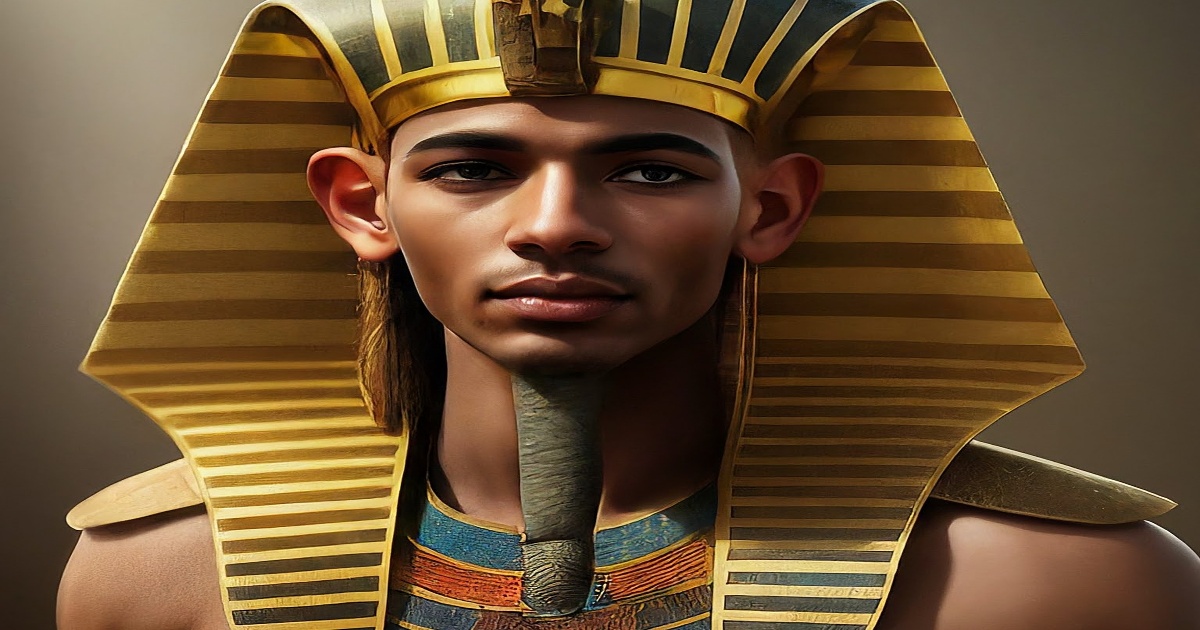A joint Egyptian-British mission has made a groundbreaking discovery near Luxor, identifying an ancient tomb as that of King Thutmose II. This marks the first discovery of a pharaonic royal tomb in over a century, according to Egypt's Ministry of Tourism and Antiquities.
Located west of the Valley of the Kings, Thutmose II's tomb was the last lost tomb of the kings of Egypt's 18th dynasty. Its discovery is the first royal tomb unearthed since King Tutankhamun's in 1922.
Archaeologists were able to identify the tomb thanks to alabaster vessels found on site, inscribed with the names of King Thutmose II and his wife Queen Hatshepsut. Queen Hatshepsut was one of the few women to rule Egypt.
Additional discoveries included pieces of Thutmose II's funerary furniture and fragments of mortar with blue inscriptions, yellow stars, and religious writing.
However, the ministry statement noted that the tomb was not well preserved due to flooding shortly after the king's death. Indications suggest that most of its contents were moved, and efforts to recover them are ongoing.







5 Comments
Donatello
“Finally, a major discovery after over a century! This is a testament to both persistence and international cooperation.”
Raphael
“Incredible find! This groundbreaking discovery of Thutmose II’s tomb is a huge win for archaeology.”
Michelangelo
“Bravo to the archaeologists! Even with flooding, every fragment and inscription tells a valuable story.”
Raphael
“It’s fantastic to see historic ties being strengthened through international collaboration in archaeology.”
Leonardo
“A well-deserved success for the team—this discovery is proof that there are still secrets hidden in the sands.”